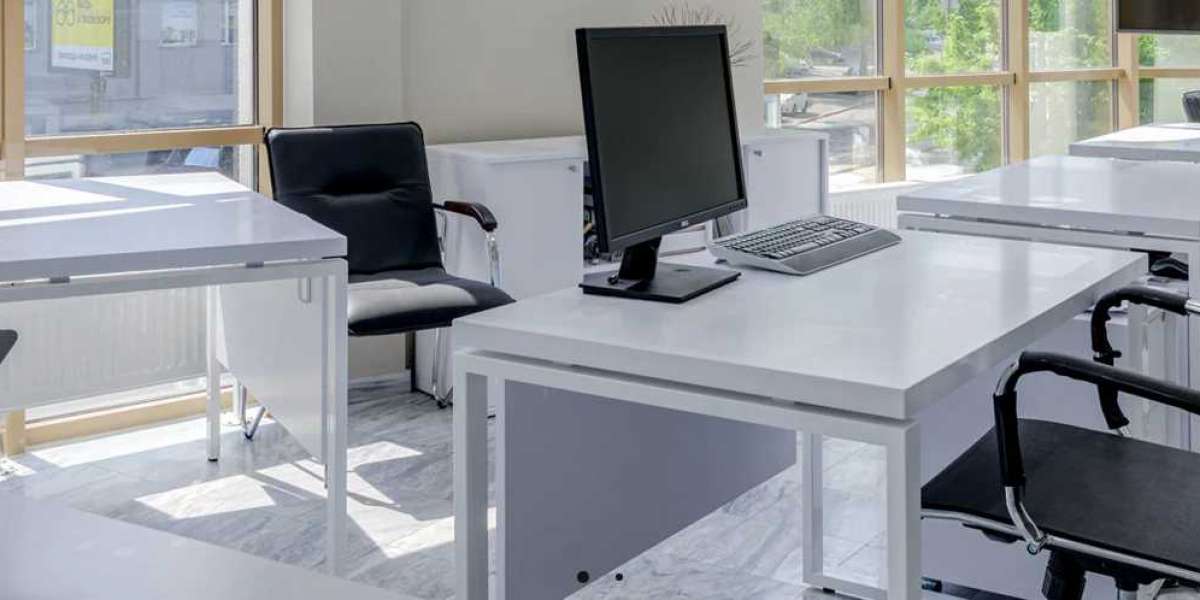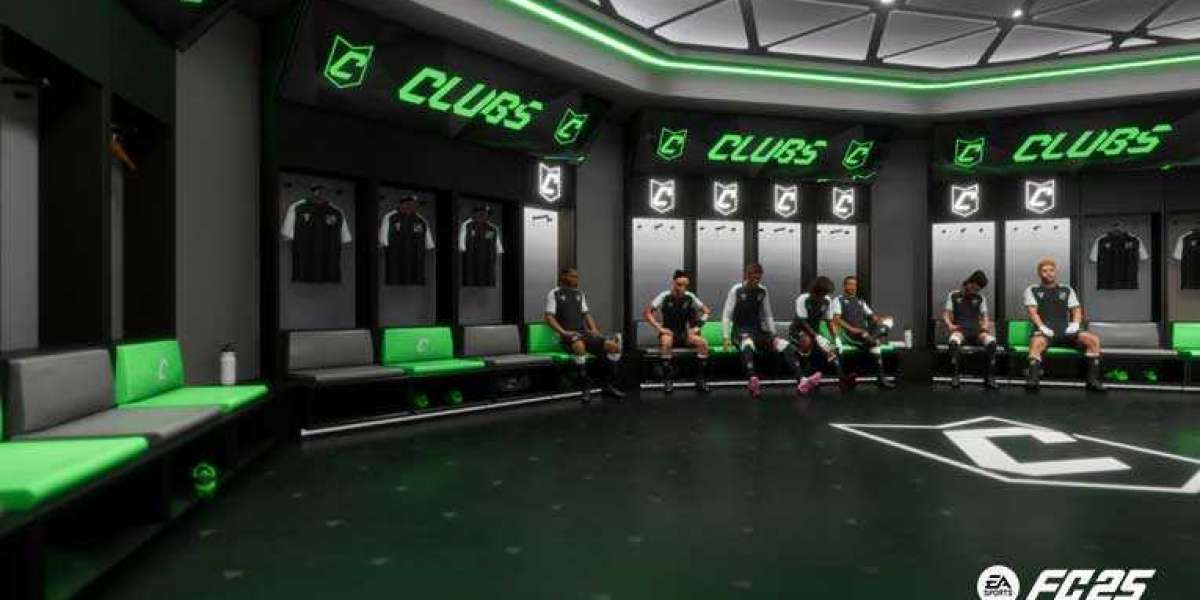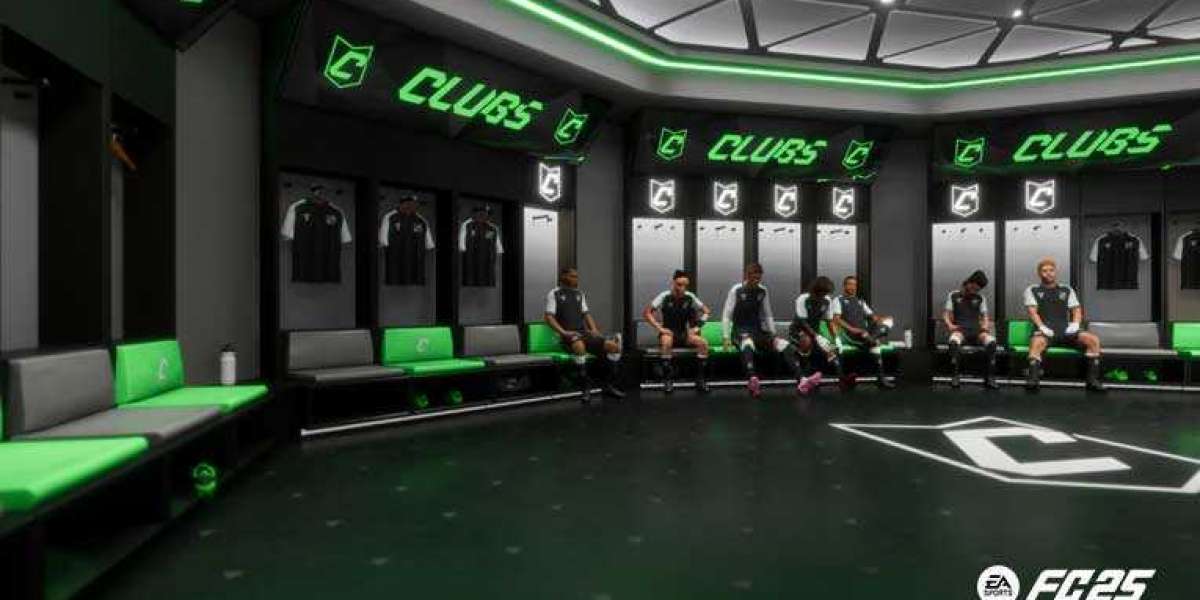The office furniture industry is continually evolving, driven by changes in work practices, technological advancements, and growing awareness of environmental and wellness issues. Here’s a look at key trends shaping the future of office furniture:
1. Smart and Technology-Integrated Furniture
IoT Integration
- Connected Workstations: Furniture equipped with Internet of Things (IoT) technology will allow for smart workstations that can track usage patterns, adjust settings automatically, and integrate with other smart devices.
- Built-in Tech: Desks and chairs with built-in technology such as wireless charging, integrated speakers, and connectivity ports will become more common, providing seamless tech integration within workspaces.
Data-Driven Adjustments
- Adaptive Furniture: Furniture that uses sensors and data analytics to monitor user habits and make real-time adjustments to improve comfort and productivity will become increasingly prevalent.
2. Sustainability and Eco-Friendly Materials
Recycled and Renewable Resources
- Green Materials: The use of recycled, reclaimed, and renewable materials in furniture design will grow as sustainability becomes a priority. This includes furniture made from reclaimed wood, recycled plastics, and sustainable fabrics.
- Eco-Friendly Manufacturing: Manufacturers will focus on sustainable production processes, including reducing waste, using low-impact adhesives, and minimizing carbon footprints.
Circular Economy
- Durability and Repairability: Furniture designed for longevity, easy repair, and upcycling will support the circular economy. This trend emphasizes extending the life cycle of furniture and reducing waste.
3. Flexible and Modular Design
Adaptable Layouts
- Modular Systems: Modular furniture systems that can be easily reconfigured to suit changing needs and office layouts will continue to be popular. These systems support both collaborative and individual work setups.
- Multi-Functional Pieces: Furniture that serves multiple purposes, such as desks that convert into meeting tables or seating that doubles as storage, will provide greater flexibility and efficiency.
Dynamic Work Environments
- Transformable Spaces: The rise of hybrid and flexible work environments will drive the demand for furniture that can transform spaces quickly, accommodating both collaborative and private work as needed.
4. Wellness-Centric Furniture
Ergonomic Enhancements
- Advanced Ergonomics: Continued innovation in ergonomic design will include features like customizable support, advanced adjustability, and improved lumbar support to enhance comfort and reduce physical strain.
- Health Monitoring: Some future furniture may include health-monitoring features, such as posture sensors and activity trackers, to help users maintain good health practices throughout the workday.
Mental and Emotional Well-Being
- Biophilic Design: Incorporating elements of nature into office furniture, such as natural materials and plant integration, will enhance mental well-being and create a calming work environment.
- Stress Reduction: Furniture designs will increasingly focus on reducing stress, incorporating features like relaxation zones, sound-absorbing materials, and calming color schemes.
5. Personalized and Adaptive Solutions
Customizable Workspaces
- Personalized Settings: Future furniture will offer more options for customization, allowing employees to adjust their workspaces to their specific preferences, including adjustable height desks, customizable lighting, and personalized seating options.
- Modular Personalization: Modular furniture systems will allow users to personalize their work areas with various components and accessories, creating a workspace that reflects their individual style and needs.
Adaptive Work Environments
- On-Demand Configurations: Furniture that can be easily adapted or reconfigured on demand will support dynamic work environments and accommodate different team sizes and work styles.
6. Enhanced Collaboration Spaces
Interactive Furniture
- Collaborative Tech: Furniture designed to facilitate collaboration will include interactive surfaces, such as writable tables and digital whiteboards, to support brainstorming and team activities.
- Flexible Meeting Areas: Furniture for meeting rooms will increasingly feature adaptable designs that allow for quick reconfiguration, supporting both formal meetings and informal discussions.
Social Integration
- Community Spaces: Design trends will focus on creating inviting social spaces within the office, including comfortable lounges, informal seating areas, and collaborative zones that encourage interaction and team bonding.
7. Focus on Inclusivity and Accessibility
Universal Design
- Accessible Features: Furniture will be designed with accessibility in mind, including features that accommodate a wide range of physical abilities and needs, such as adjustable heights, easy-to-use controls, and inclusive designs.
- Inclusive Workspaces: The focus will be on creating workspaces that support diversity and inclusion, ensuring that all employees can work comfortably and effectively.
Assistive Technology
- Integration with Assistive Devices: Furniture will increasingly integrate with assistive technology, such as voice-activated controls and specialized ergonomic supports, to better support employees with disabilities.
8. Minimalist and Modular Aesthetics
Clean Lines and Simple Designs
- Modern Aesthetics: Future furniture designs will emphasize minimalist aesthetics, with clean lines, simple forms, and neutral color palettes that create a calm and organized work environment.
- Functional Elegance: The focus will be on combining functionality with elegance, creating furniture that is both practical and visually appealing.
Space Efficiency
- Compact Solutions: Furniture that maximizes space efficiency, including compact and foldable designs, will be important for accommodating smaller office spaces and optimizing available areas.
Conclusion
The future of office furniture is set to be defined by smart technology, sustainability, flexibility, and a focus on well-being. As workplaces evolve, furniture will increasingly support diverse work styles, enhance comfort, and promote a positive work environment. By staying ahead of these trends, organizations can create modern, functional, and engaging workspaces that meet the needs of the future workforce.








